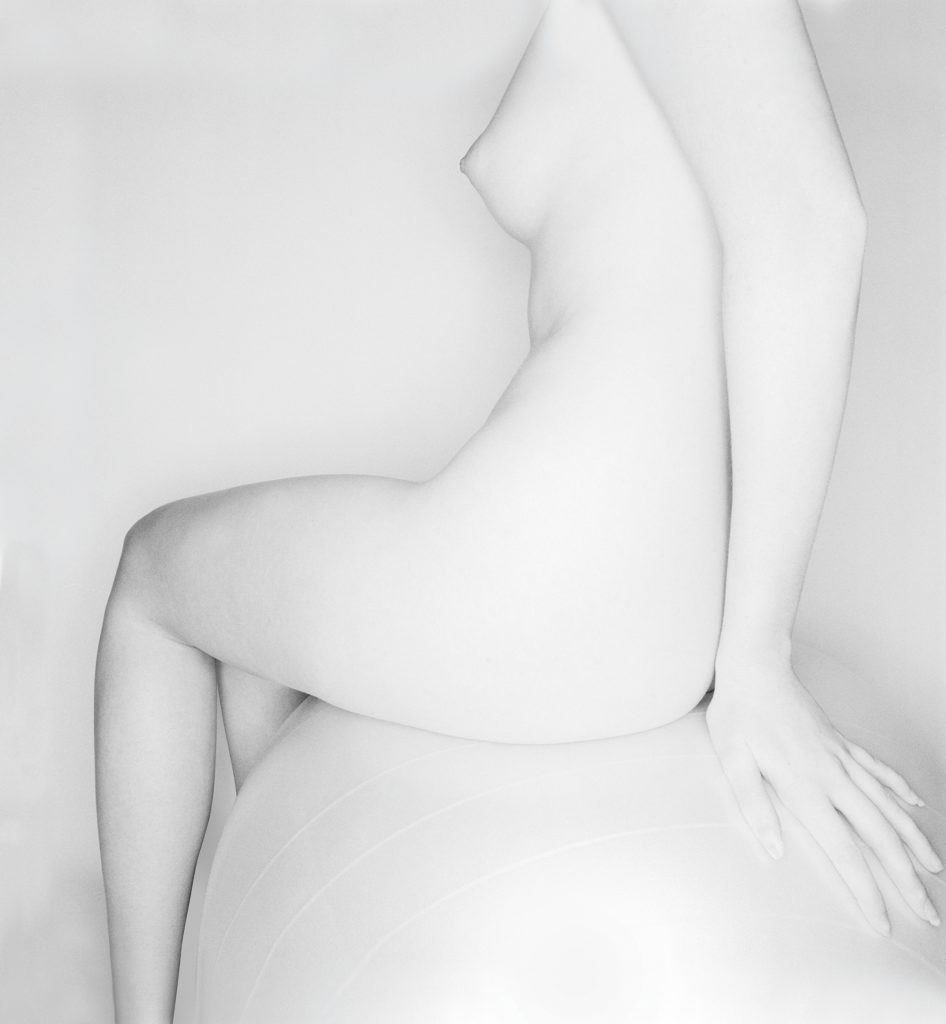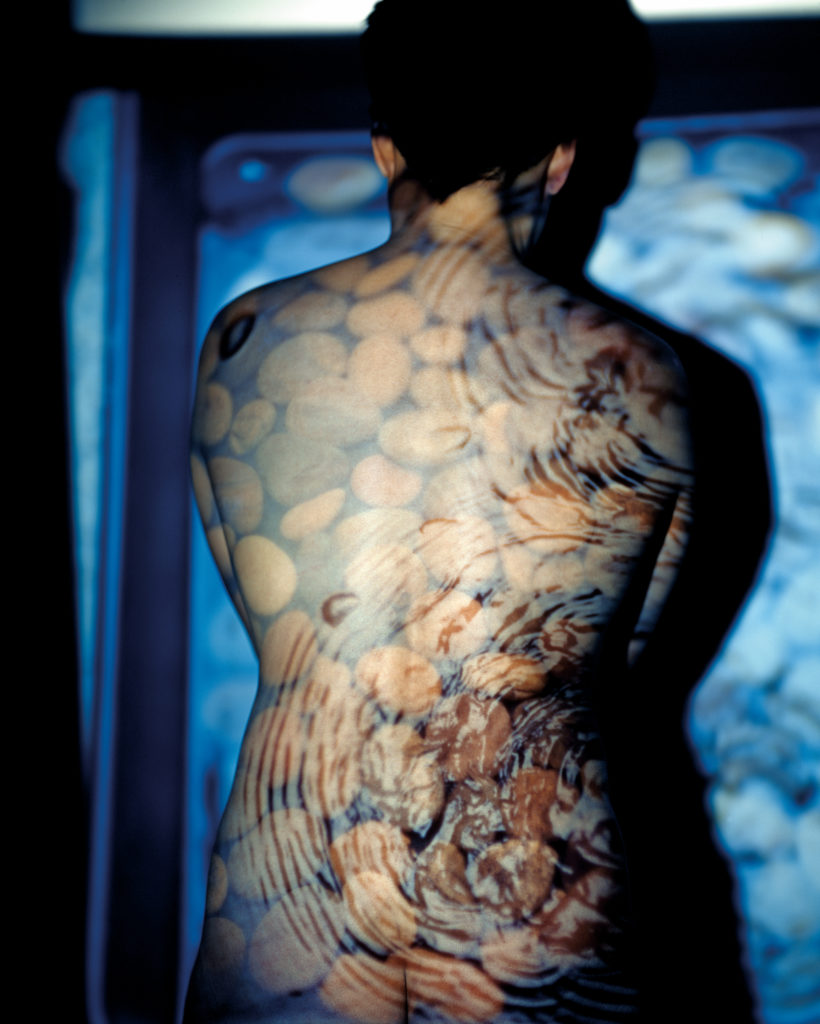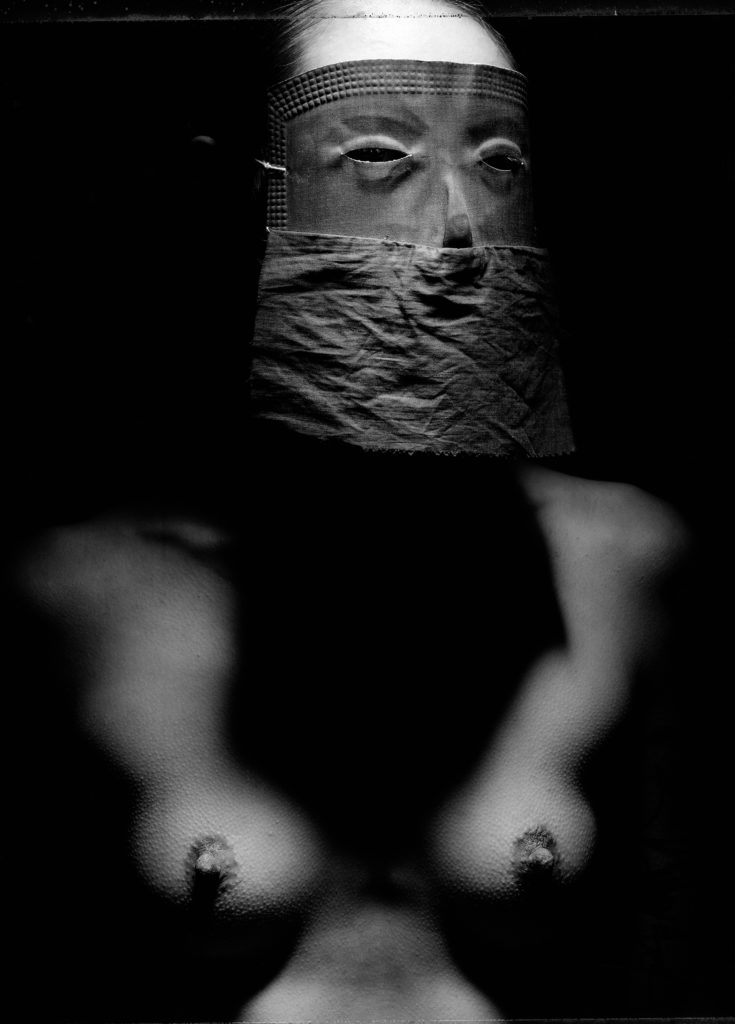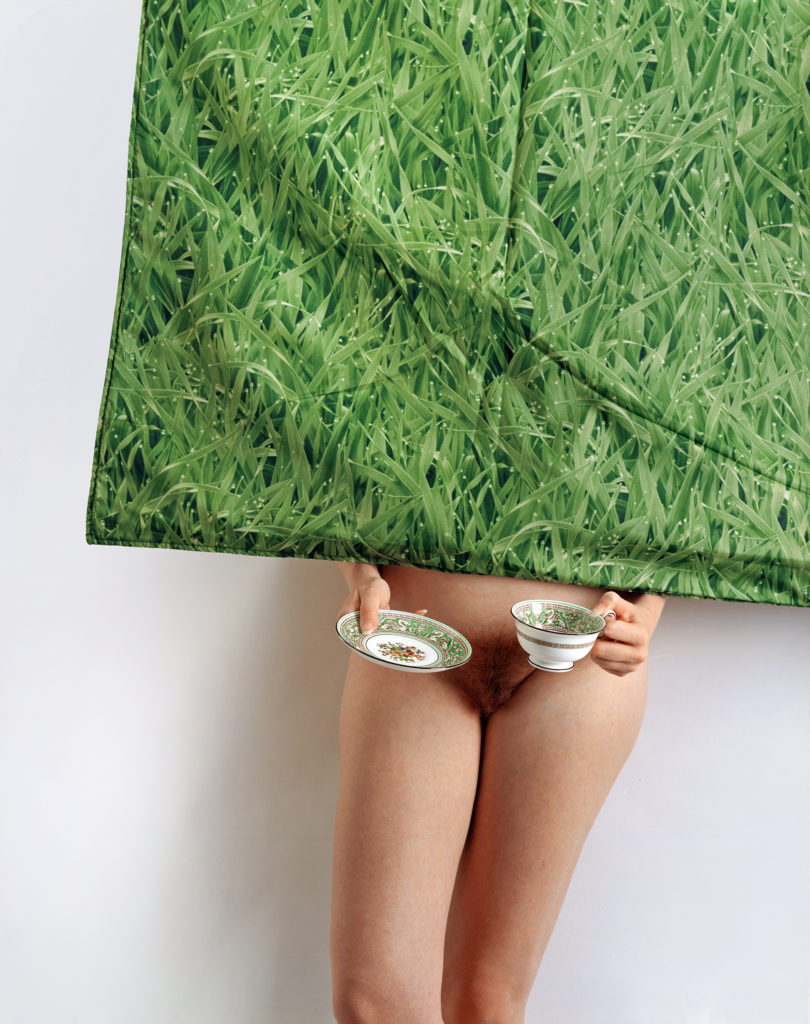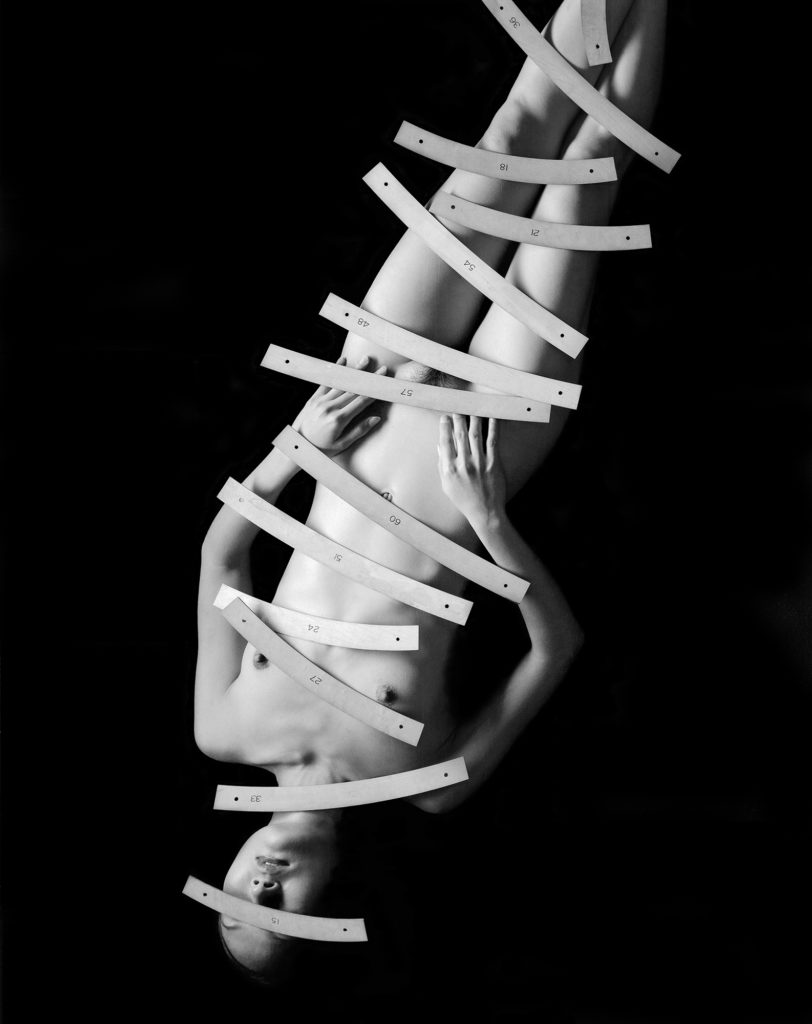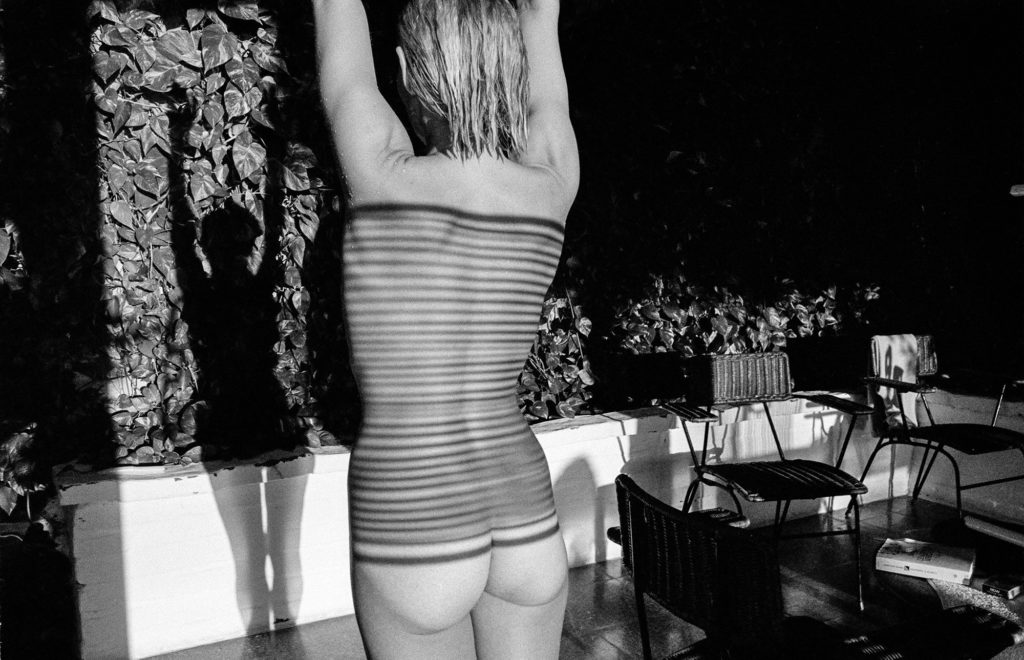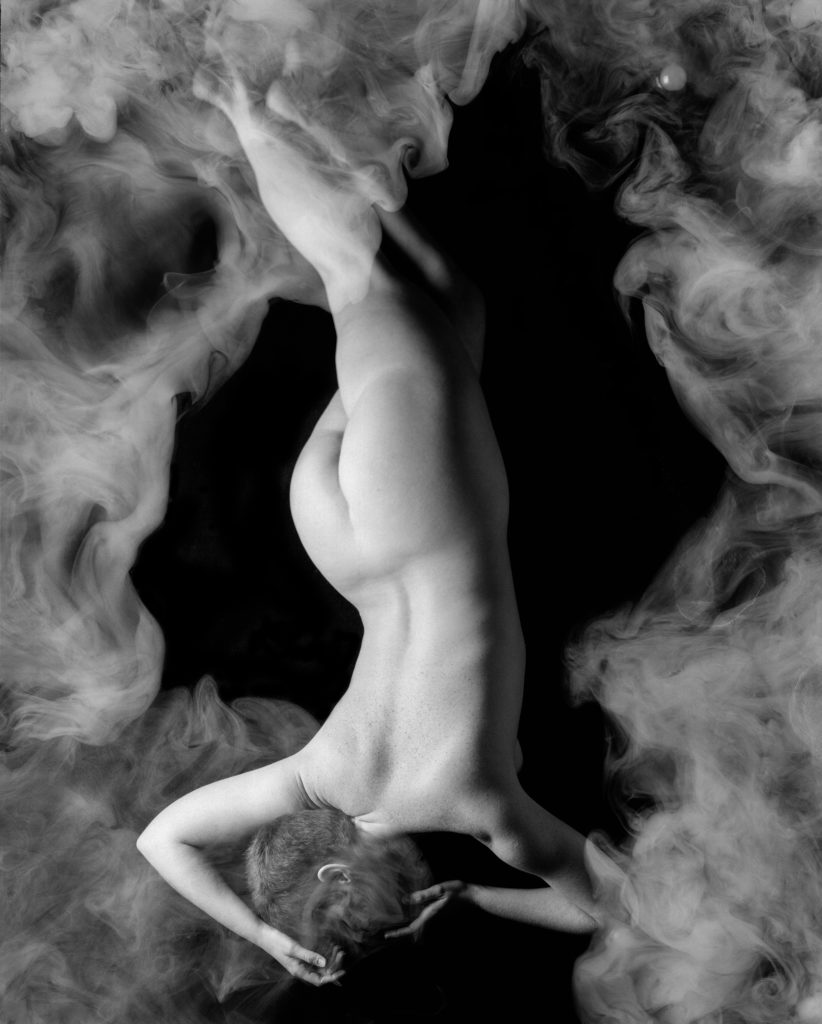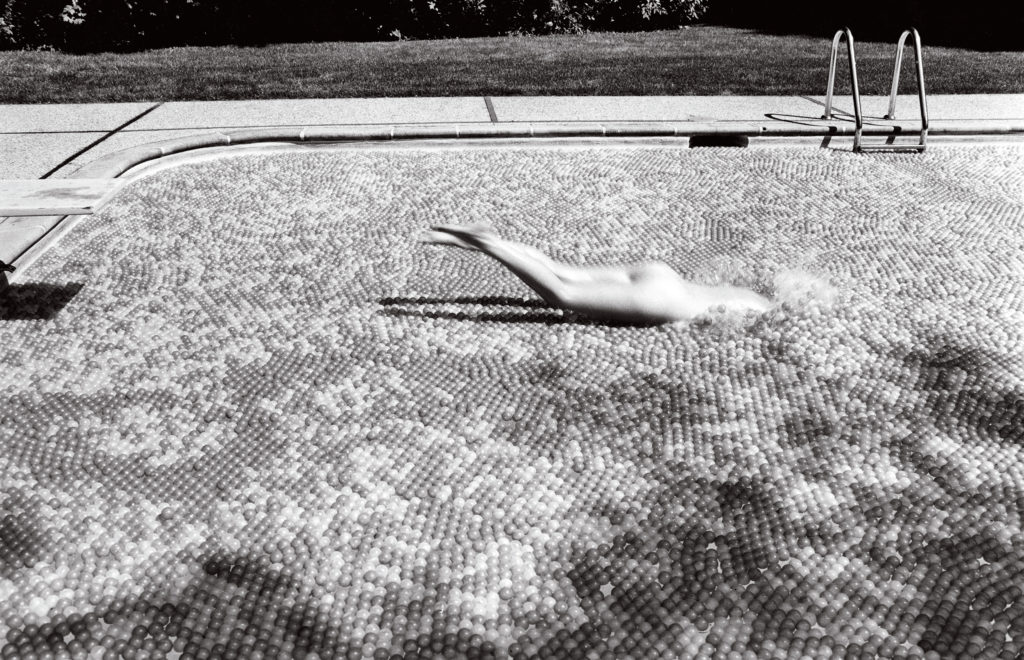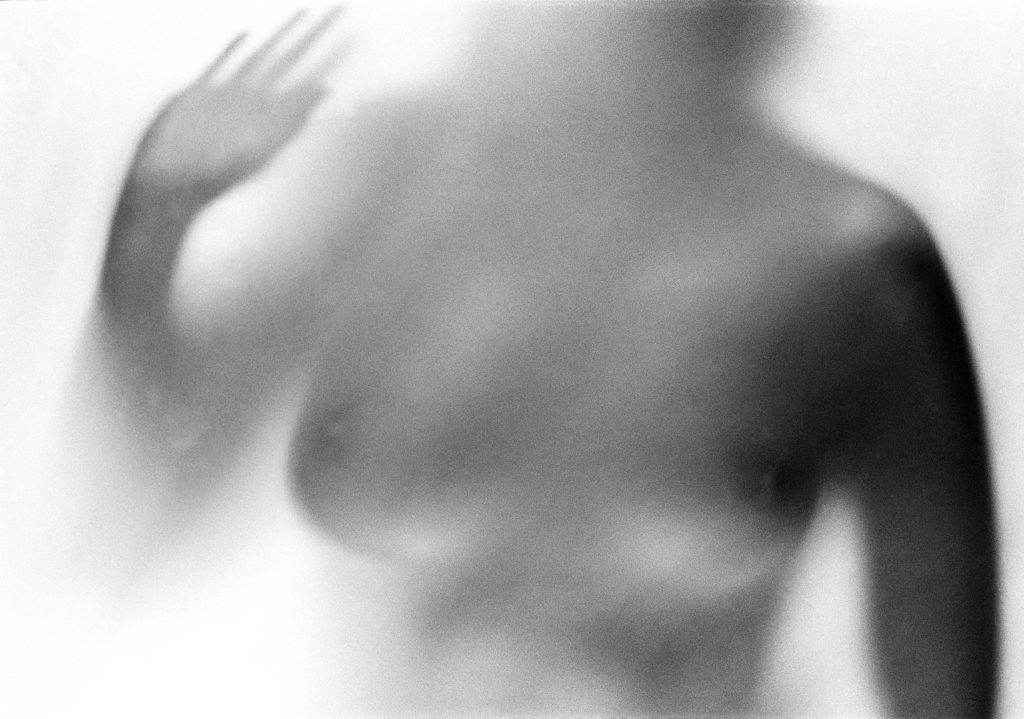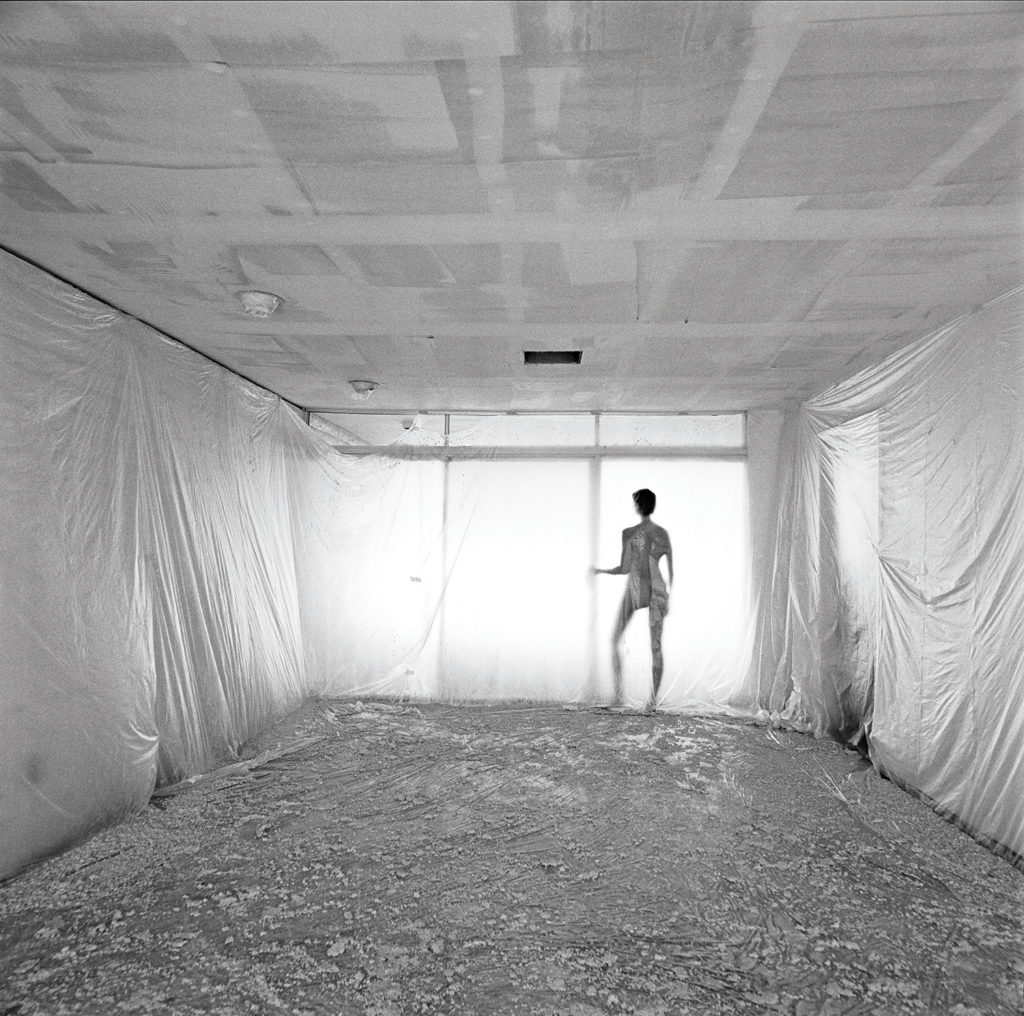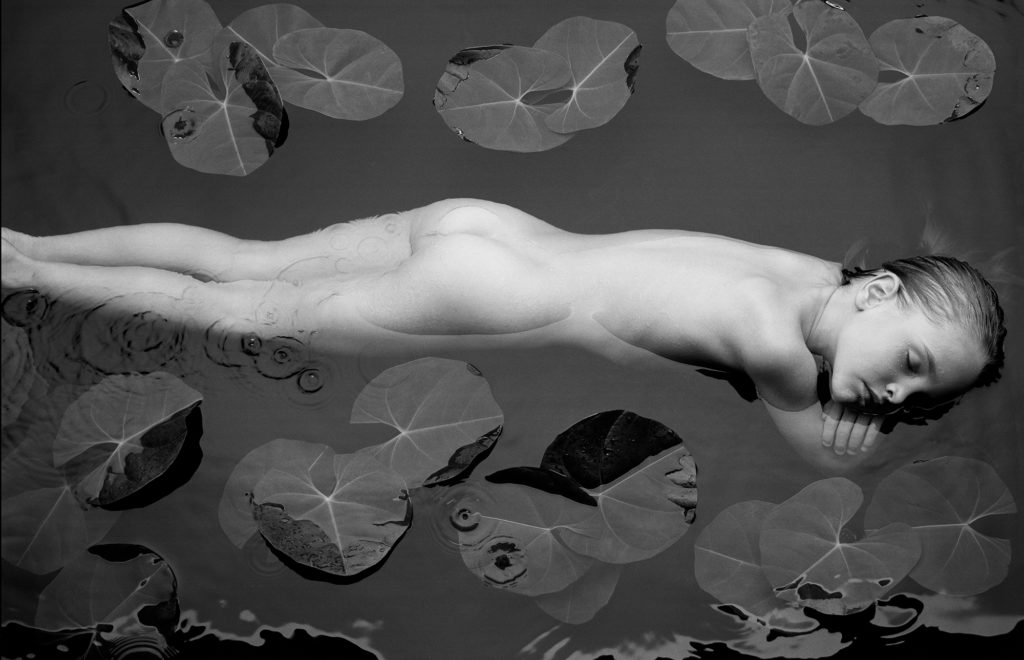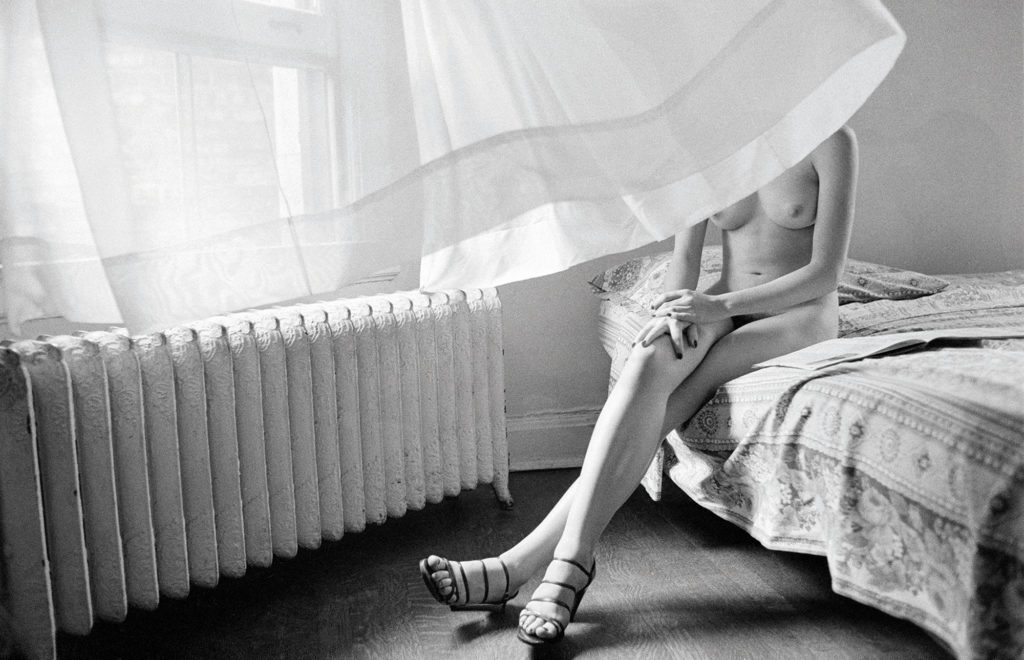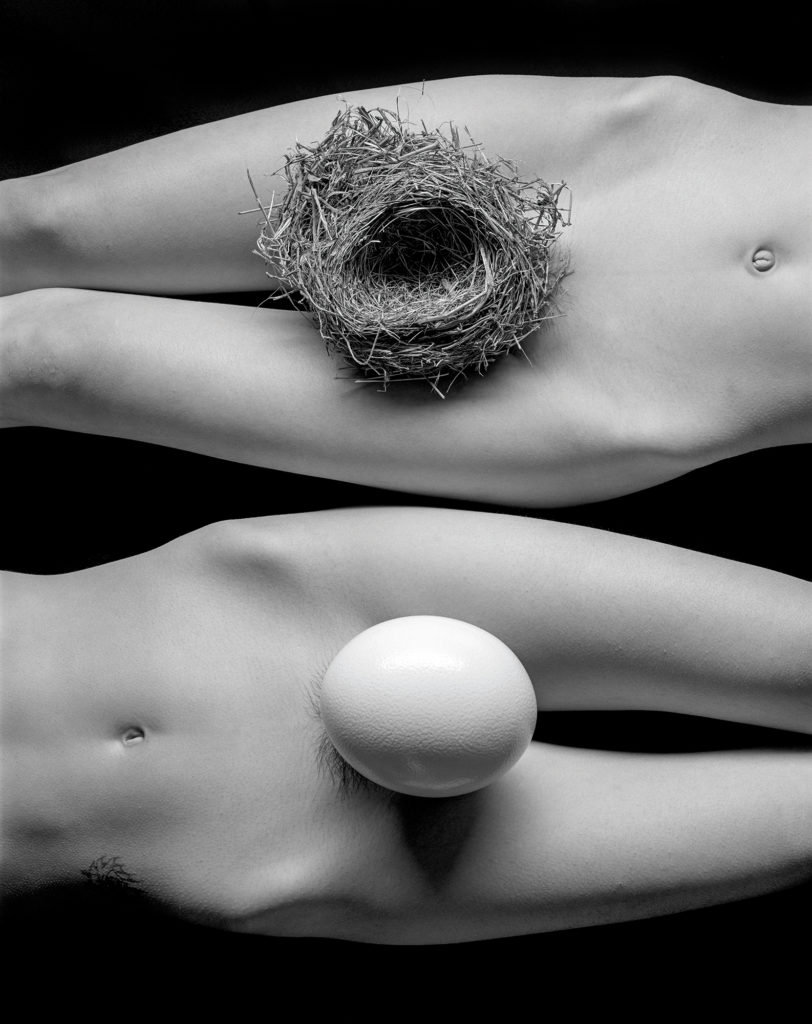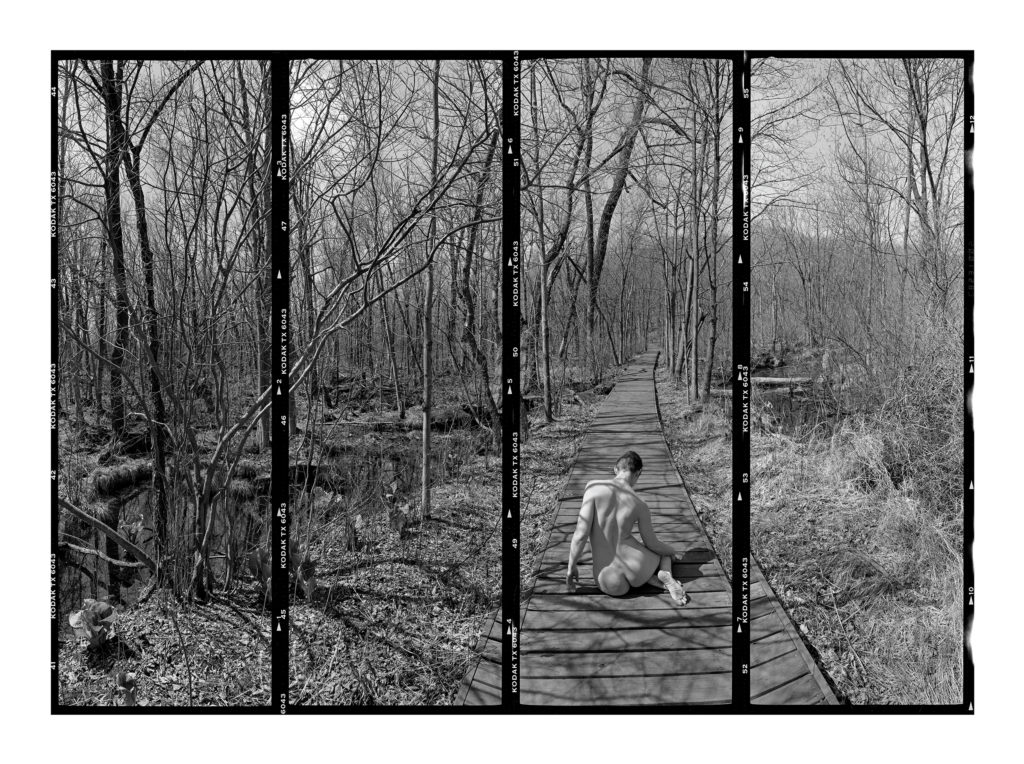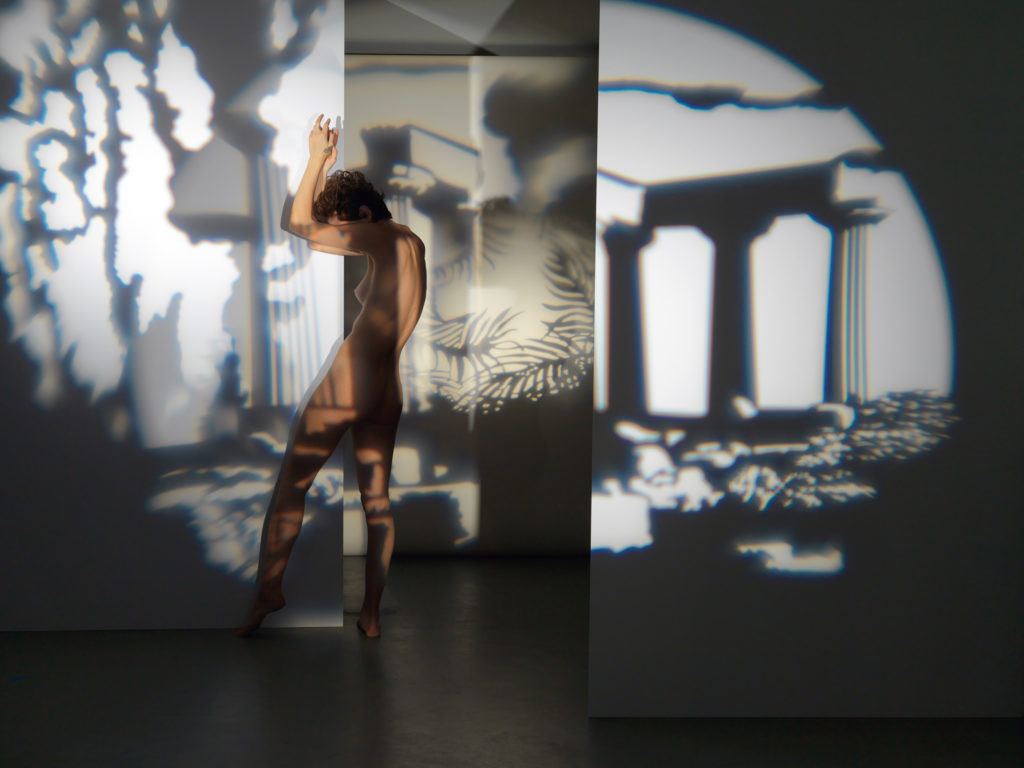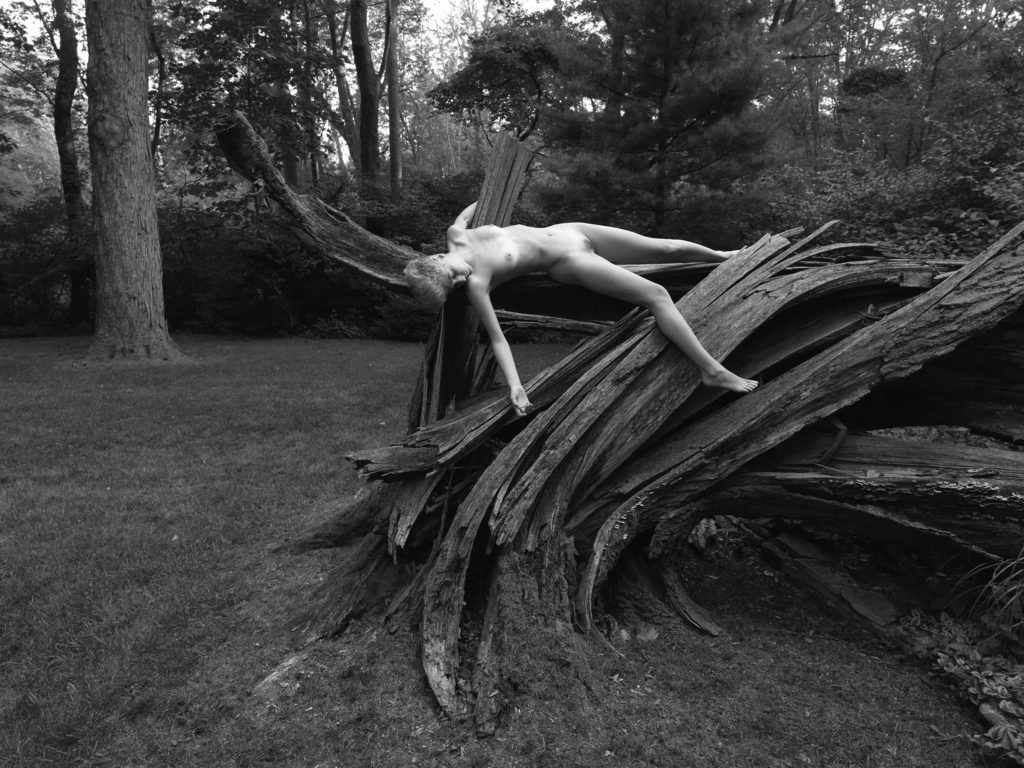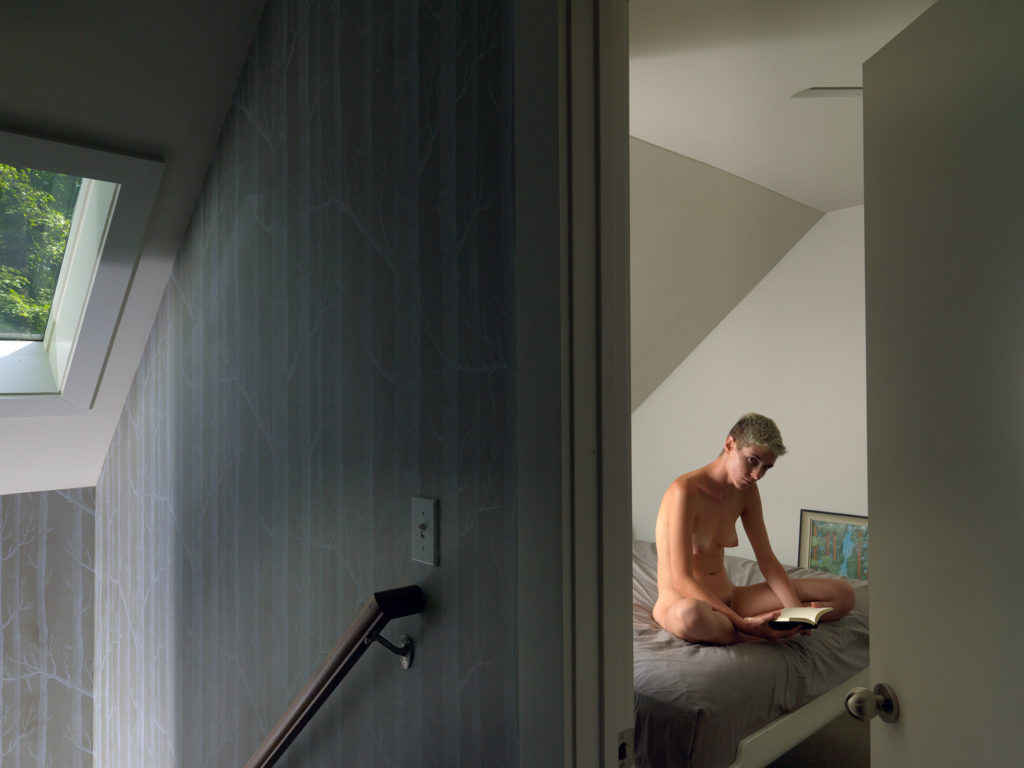Francois Robert was born in La Chaux-de-Fonds, Switzerland, in 1946. As a student he focused on graphic design but continually pursued an interest in photography. In the late 1960s he moved to Milan and later left Europe for Chicago, where he initially worked for a graphic design firm but soon shifted his professional focus to photography and became one of Chicago’s most well-known commercial photographers. Although he sees his commercial work in a different realm than his fine art, in many cases the two overlap seamlessly and successfully, as some of his photographic nudes have been used for commercial purposes. The series of nudes presented in this publication are theatrical, playful, and highly constructed, often forming female bodies into sculptures.
Appreciating the female body’s aesthetic beauty, sensuousness, and mystery, Robert began photographing nudes when he was eighteen years old living in Europe and continued for the next five decades. He was influenced by the early twentieth-century Dada and Surrealism art movements and in particular by the renowned fashion and portrait photographer Man Ray’s photographic experiments. Man Ray’s 1924 Le Violon d’Ingres photograph depicting a voluptuous nude woman with f-holes of a stringed instrument on her back intrigued Robert, and he began incorporating props into his photographs of nude women to encourage intrigue, storytelling, and humor. Also working in the vein of American artist Duane Michals, known for his use of sequenced photographs with text to tell a story, Robert uses multiple frames with certain subjects to suggest narratives in his work.
Determined never to repeat himself or fall into a recognizable style, Robert consciously changes his photographic techniques in every one of his nudes. This pursuit of invention is particularly evident in this series of nudes, as some of the pictures are constructed with elaborate sets in a studio, as seen in his collaboration with artist Natacha Robert-Falda, where, using an aerial vantage-point, he captures her lying across a table wrapped in plastic with flowers as if she is a bouquet. While other photographs appear as casual snapshots photographed in a diverse range of exterior and interior spaces, such as a woman diving into a swimming pool or sitting on a bed next to an open window with a curtain blowing in the breeze. One image brings to mind Raphael’s early sixteenth-century and Peter Paul Rubens’s mid-seventeenth-century paintings The Three Graces. However, Robert’s three graces are workers in a nightclub on the US-Mexico border who lie on a bed together topless, their reflections captured in a mirror. Robert also experiments with photographic materials, presenting final photographs as black-and-white, vivid color, or sepia-toned Polaroid transfer. As a self-taught photographer, Francois Robert repeatedly steps out of his comfort zone to experiment with all these different strategies and techniques, enabling each photograph to convey a drastically different mood and story.
Natasha Egan
Executive Director
Museum of Contemporary Photography
Columbia College Chicago
